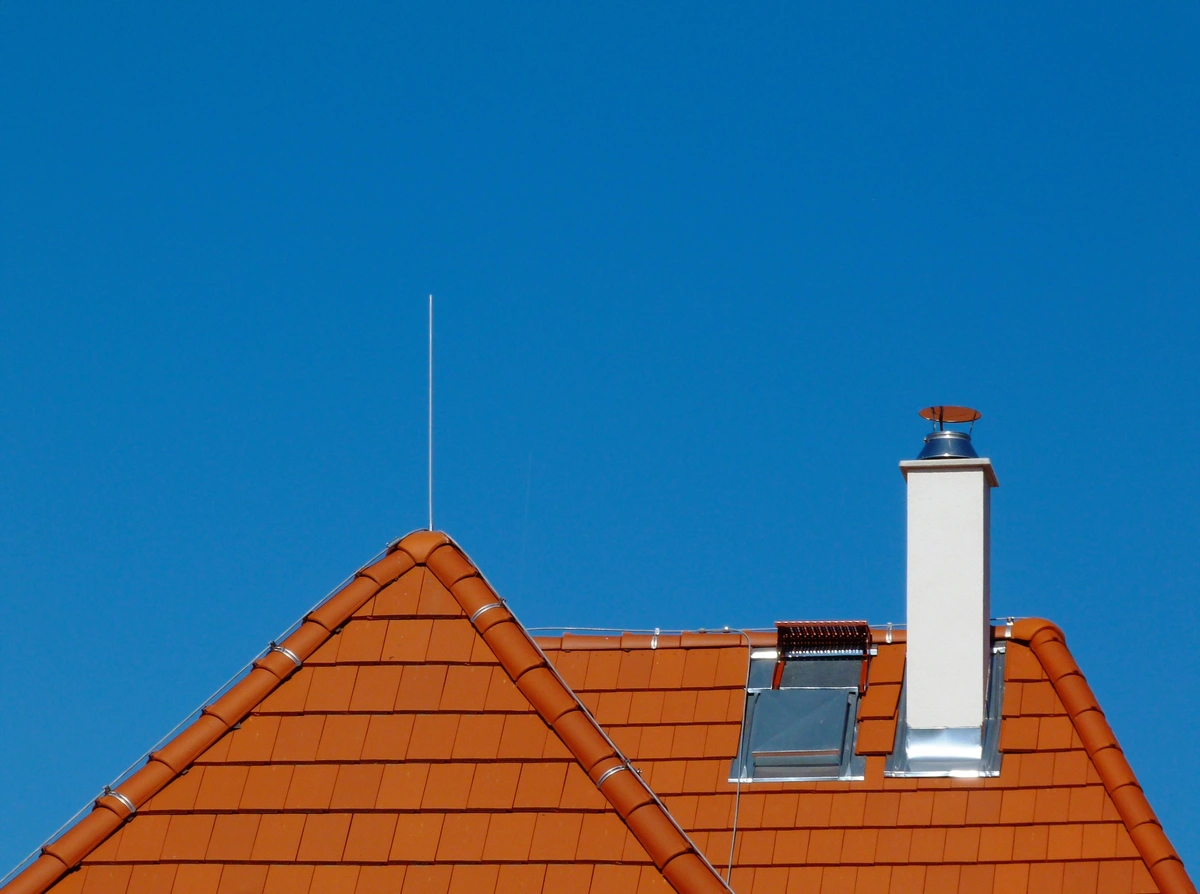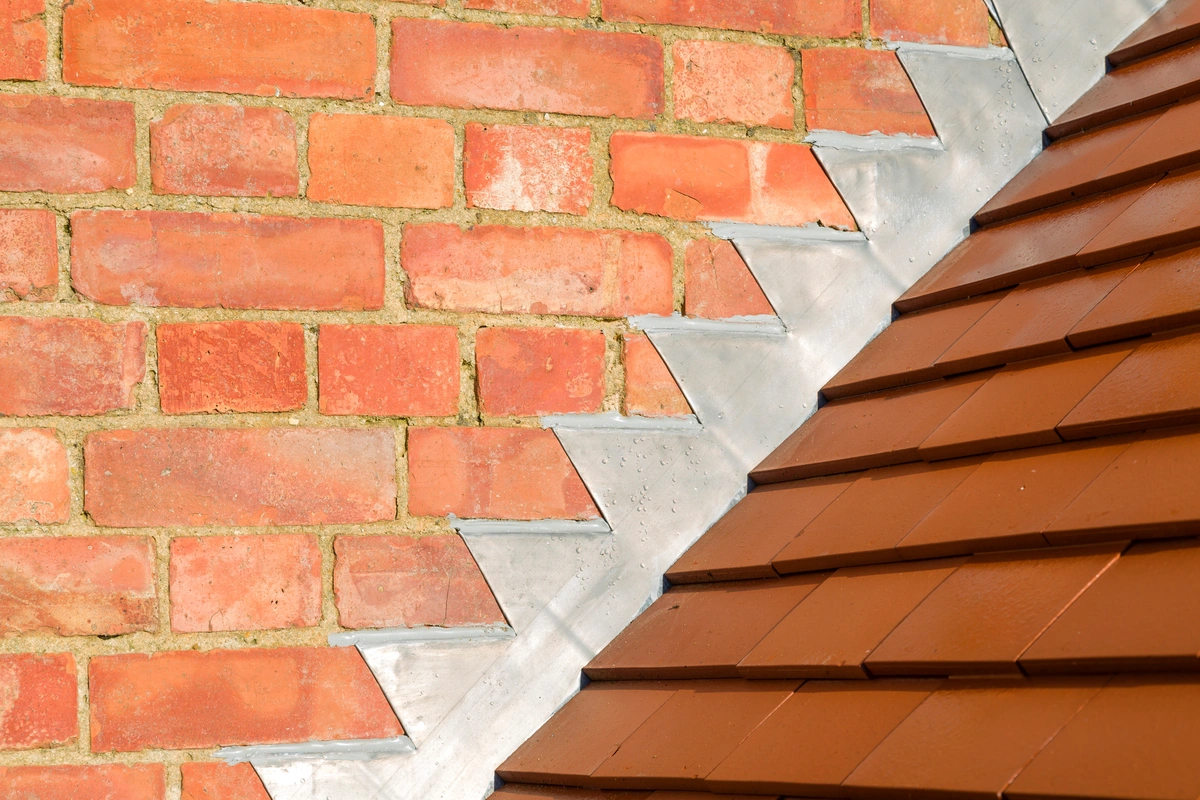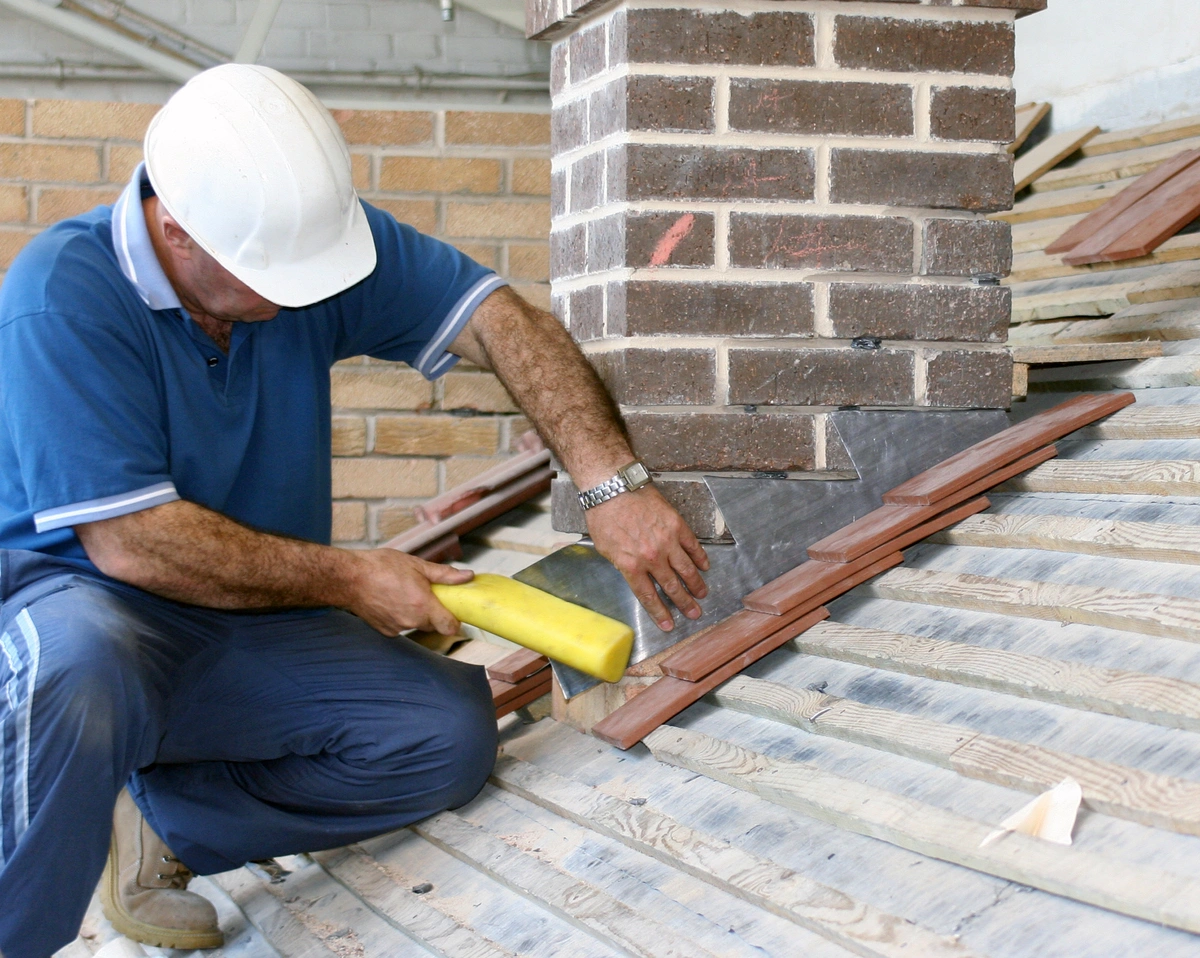Roof flashing might not be the most exciting aspect of your home, but it plays a crucial role in keeping your house dry and cozy. Flashing is a thin material used to redirect water away from vulnerable areas on your roof, preventing leaks and water damage. In this 2024 guide, we’ll explore the top six types of roof flashing and their importance in maintaining a leak-free home.
What’s inside this blog:
- The importance of roof flashing for your home
- 6 key types of roof flashing
- Why an accurate + smart installation of roof flashing is key critical
Read on to find out the best types of roof flashing and why it’s important to the safety of your home!
Why Roof Flashing Matters 🤔
Before diving into the types of roof flashing, let’s understand why it’s essential. Flashing serves as a protective barrier in areas where your roof intersects with other structures, such as chimneys, skylights, vents, and walls. Without proper flashing, rainwater can seep into these vulnerable points, leading to costly water damage and structural issues.
1. Step Flashing 🪜
Step flashing is a common type of flashing used along the intersection between a roof and a vertical wall, such as a chimney or dormer. It consists of small, L-shaped pieces of metal, which are layered like shingles and installed as courses. These pieces are embedded into the roofing material and the wall, creating a watertight seal.
Step flashing is particularly effective because it allows for flexibility when dealing with irregular roof-wall intersections. The step-like design ensures that each section of the roof and wall is properly sealed, preventing water from finding its way inside.
2. Valley Flashing 🏞️
Valley flashing is installed in roof valleys, which are the low points where two roof slopes meet. This type of flashing helps channel rainwater away from these critical areas, preventing water from pooling and seeping into your home. Valley flashing is often made of metal, such as aluminum or copper, due to its durability and ability to withstand heavy water flow.
To ensure proper protection, valley flashing should be installed with care. Proper overlap and sealing are essential to prevent water infiltration in this vulnerable part of your roof.
3. Chimney Flashing 🏚️
Chimney flashing is crucial to preventing leaks around your chimney. It typically consists of two parts: step flashing and counter flashing. Step flashing is applied directly to the chimney and interweaves with the roofing shingles. Counter flashing is then placed over the step flashing and is usually embedded into the chimney’s mortar joints. This combination creates a secure barrier against water intrusion.
Chimney flashing should be inspected regularly, as it can deteriorate over time due to temperature fluctuations and exposure to the elements. Any signs of damage or deterioration should be addressed promptly to avoid potential leaks.
4. Vent Pipe Flashing 🌬️
Vent pipe flashing is used to seal openings around plumbing vent pipes and other roof penetrations. It typically consists of a flexible rubber boot that fits snugly around the vent pipe and a metal base that attaches to the roof. This design ensures a watertight seal while accommodating the movement of the vent pipe due to temperature changes.
Proper installation of vent pipe flashing is critical to prevent leaks, as these roof penetrations are a common entry point for water. The rubber boot should fit tightly around the vent pipe, and the metal base should be securely fastened to the roof.
5. Drip Edge Flashing 🏡
Drip edge flashing is installed along the edges of your roof, both at the eaves and the gables. It serves two primary functions: directing rainwater away from the fascia and preventing wind-driven rain from getting under the roofing material. Drip edge flashing is typically made of metal and provides an essential barrier against water intrusion.
Ensuring proper installation of drip edge flashing is crucial, as it helps protect your home’s structural integrity. It should be securely fastened to the roof deck and extend over the edge of the fascia to redirect water away from the wood components.
6. Kickout Flashing 🦵
Kickout flashing is a specialized type of flashing used at the intersection of a roof and a sidewall. Its unique design redirects rainwater away from the wall and into the gutter system. This prevents water from infiltrating the wall and causing damage to the siding and interior of your home.
Kickout flashing is particularly important for homes with siding, as it prevents water from being channeled behind the siding, which can lead to rot and other structural issues. Proper installation ensures that water is directed away from the wall and safely into the gutter system.
The Importance of Proper Installation 🛠️
While understanding the different types of roof flashing is essential, proper installation is equally crucial. To ensure the effectiveness of your flashing, consider these key installation tips:
- Choose the Right Material: Select flashing materials that are compatible with your roofing material and climate conditions.
- Seal Properly: Use the appropriate sealants and adhesives to create watertight seals around flashing components.
- Regular Inspection: Periodically inspect your roof flashing for signs of damage or deterioration, and address any issues promptly.
Remember, your roof is only as good as its flashing. Investing in high-quality flashing materials and professional installation can save you from costly water damage and roof repairs in the long run.
Get the Right Roof Flashing For Your Home
There’s no doubt that roof flashing plays a critical role in protecting your home from water damage and leaks. Understanding the different types of roof flashing and their proper installation is essential for maintaining a dry and comfortable living space. So, whether you’re building a new home or maintaining an existing one, make sure your roof flashing is up to the task.
Contact our team of pro roofers at Trojan Roofing today to ask any questions about your roofing concerns and get the best roof flashing job done in the Indianapolis area.



